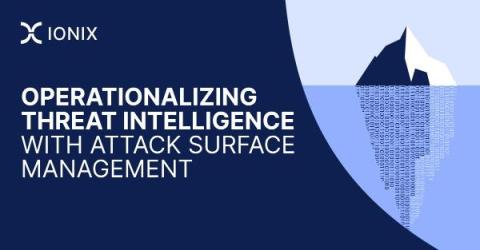Operationalizing Threat Intelligence with Attack Surface Management
Threat Intelligence is an important capability that many SOCs use to improve their security posture. Understanding what threat actors are targeting and how, can aid in everything from threat hunting to incident response. However, organizations often struggle with how to operationalize threat intelligence data they receive in order to actually accomplish this.






